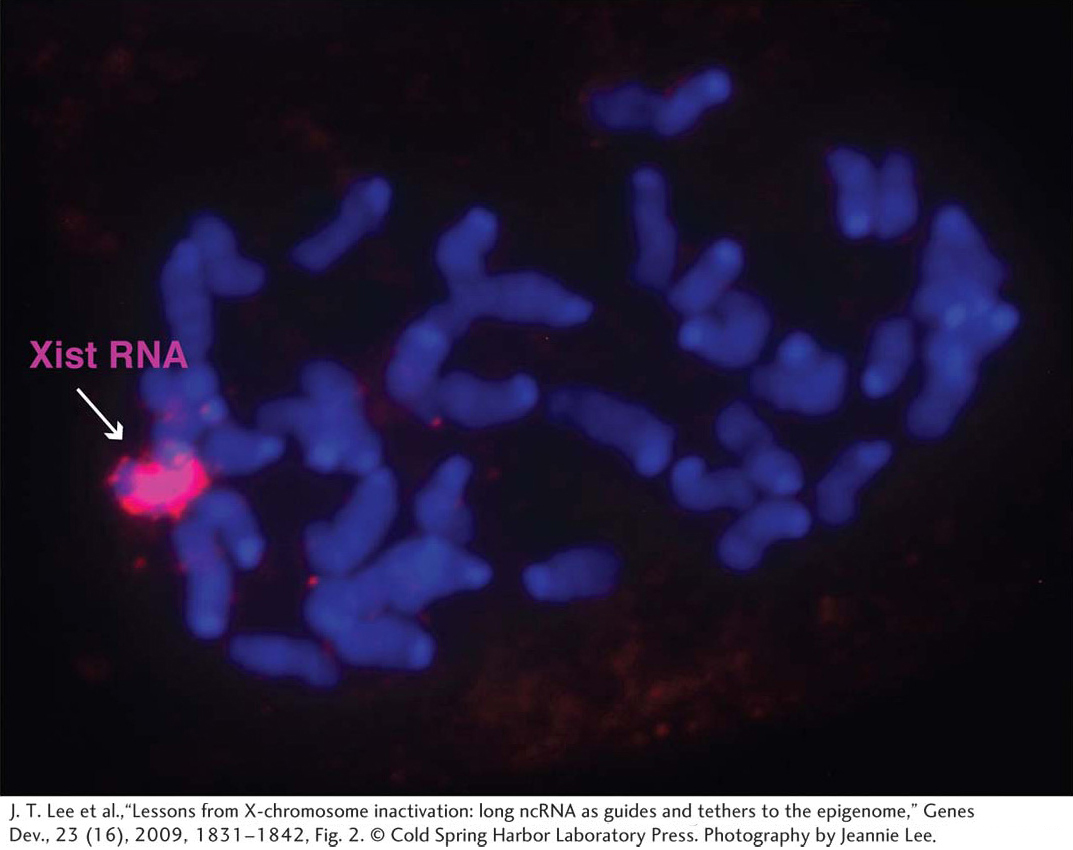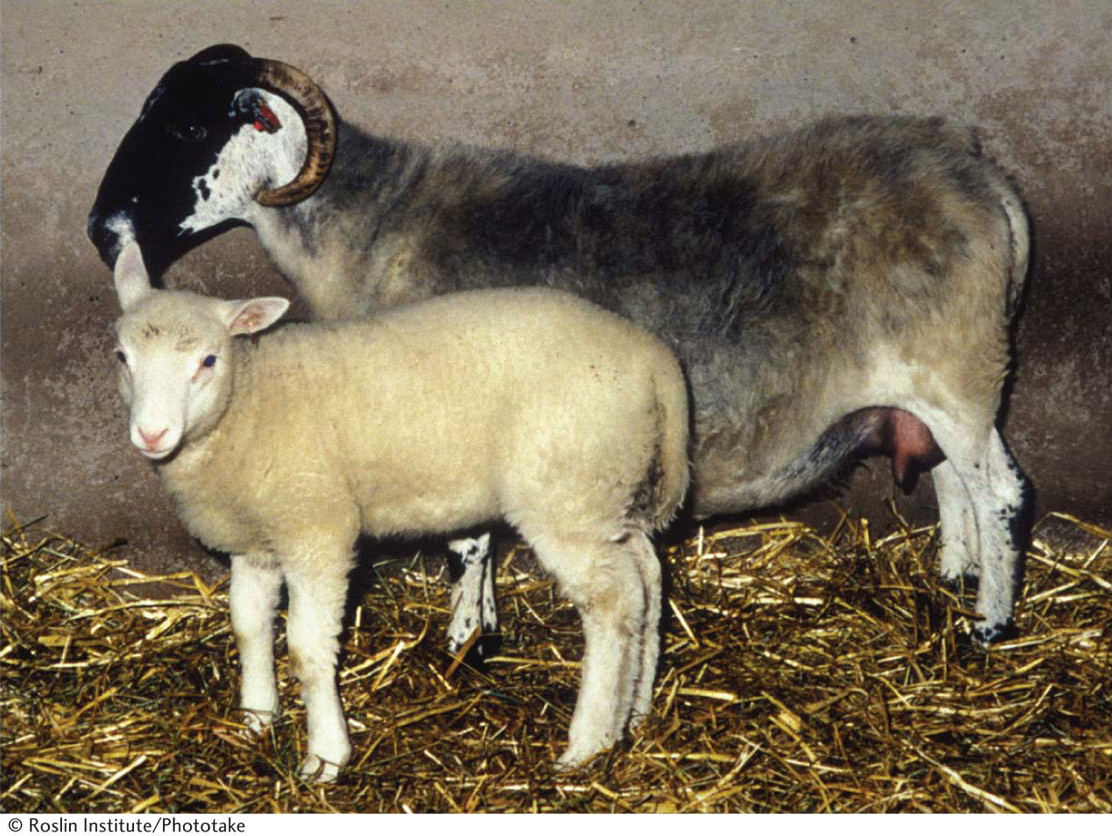Chapter Introduction
Regulation of Gene Expression in Eukaryotes
431
Regulation of Gene
Expression in
Eukaryotes
CHAPTER
12
LEARNING OUTCOMES
After completing this chapter, you will be able to
Compare and contrast the molecular mechanisms of gene regulation in eukaryotes and bacteria.
Explain how eukaryotes generate many different patterns of gene expression with a limited number of regulatory proteins.
Discuss the involvement of chromatin in eukaryotic gene regulation.
Describe the concept of epigenetic marks, and discuss how these can work in both DNA and proteins.
Compare and contrast the roles played by RNA molecules in repressing eukaryotic gene expression.

OUTLINE
|
12.1 |
Transcriptional regulation in eukaryotes: an overview |
|
12.2 |
Lessons from yeast: the GAL system |
|
12.3 |
Dynamic chromatin |
|
12.4 |
Activation of genes in a chromatin environment |
|
12.5 |
Long-term inactivation of genes in a chromatin environment |
|
12.6 |
Gender-specific silencing of genes and whole chromosomes |
|
12.7 |
Post-transcriptional gene repression by miRNAs |
432
The cloning of Dolly, a sheep, was reported worldwide in 1996 (Figure 12-1). Dolly developed from adult somatic nuclei that had been implanted into enucleated eggs (eggs with the nuclei removed). More recently, cows, pigs, mice, and other mammals have been cloned as well with the use of similar technology. The successful cloning of Dolly was a great surprise to the scientific community because gamete (sperm and egg cells) formation was known to include sex-

In this chapter, we will examine gene regulation in eukaryotes. In many ways, our look at gene regulation will be a study of contrasts. In Chapter 11, you learned how the activities of genetic switches in bacteria were often governed by single activator or repressor proteins and how the control of sets of genes was achieved by their organization into operons or by the activity of specific factors. Initial expectations were that eukaryotic gene expression would be regulated by similar means. In eukaryotes, however, most genes are not found in operons. Furthermore, we will see that the proteins and DNA sequences participating in eukaryotic gene regulation are more numerous. Often, many DNA-